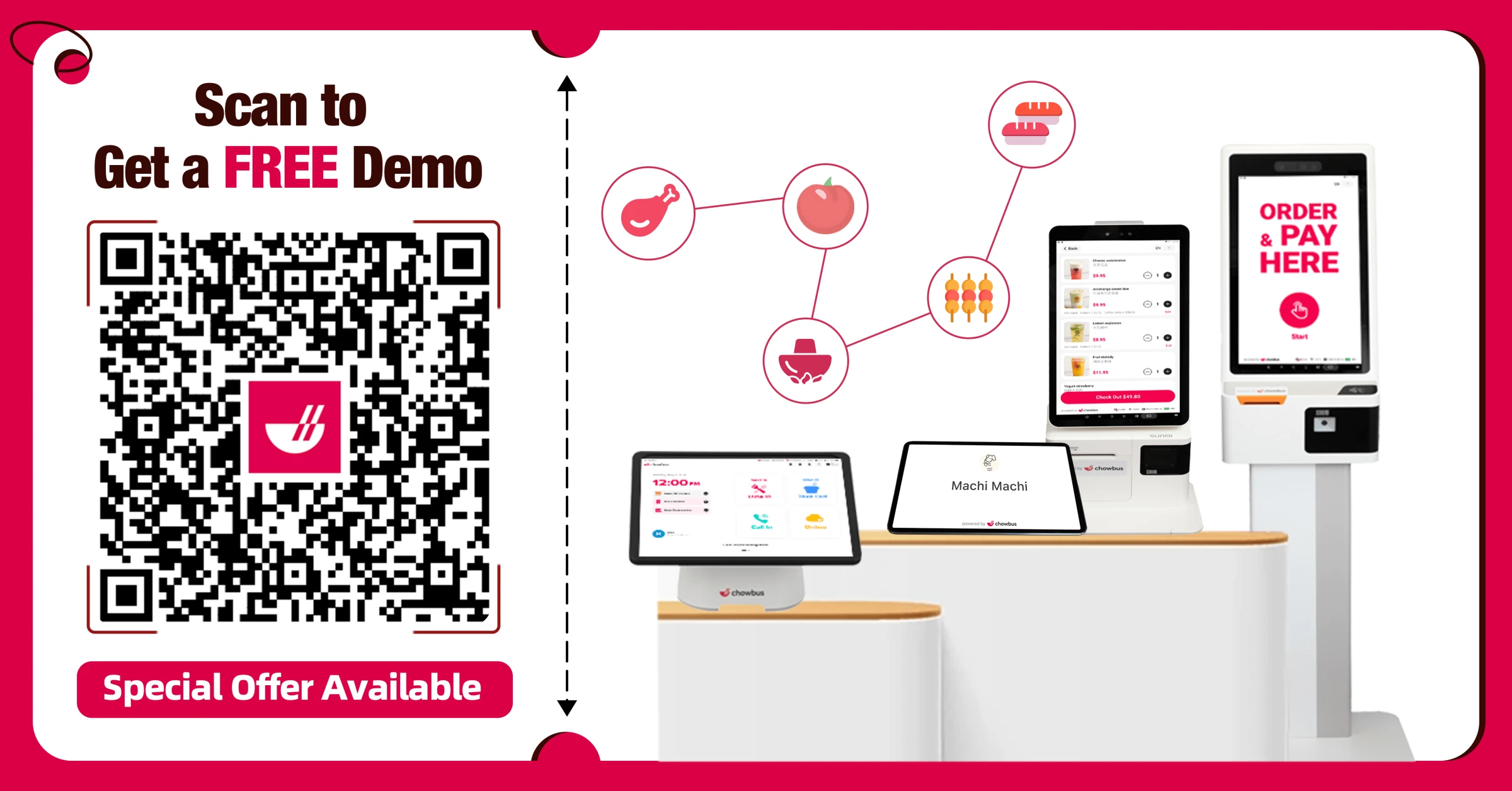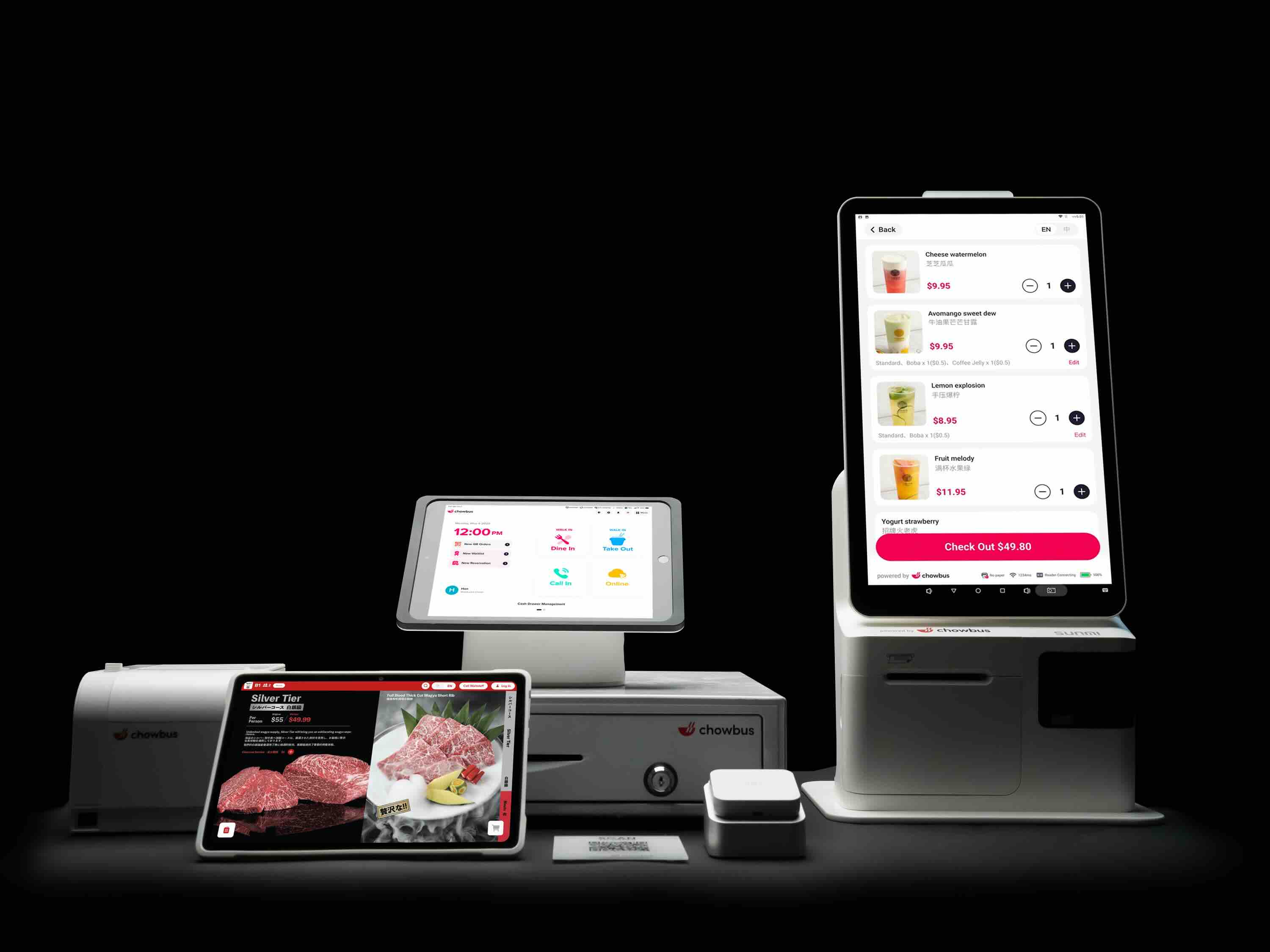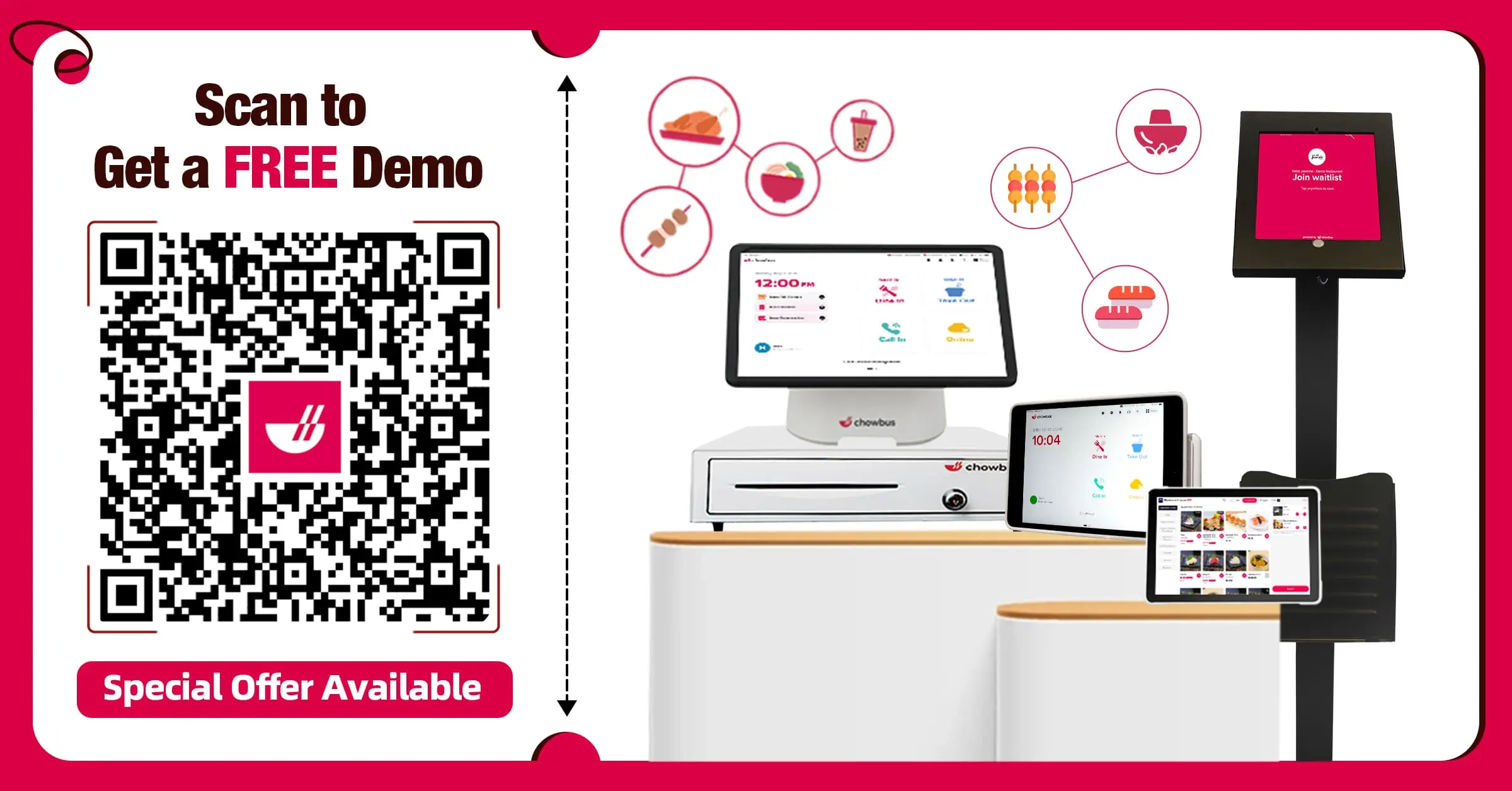Restaurant Menu Pricing Strategy for Better Profit Margins

Pricing a menu isn’t just about covering costs—it’s about maximizing profitability while keeping customers satisfied. Set prices too high, and you risk losing diners. Price it too low, and your margins suffer. Striking the right balance requires a well-thought-out restaurant menu pricing strategy that accounts for food costs, labor, market competition, and customer expectations.
With supply chain fluctuations, rising labor costs, and evolving dining trends, a pricing strategy for restaurant menu items must be both data-driven and adaptable. Whether you’re updating an existing menu or launching a new one, understanding the factors that influence pricing can help increase revenue without alienating customers.
This article covers essential pricing methods, cost analysis strategies, and menu engineering techniques to help you set profitable prices that align with your restaurant’s brand and goals.

What is a Restaurant Menu Pricing Strategy?
A restaurant menu pricing strategy determines the cost of menu items in a way that maximizes profitability while aligning with your brand and customer expectations. It involves calculating the total costs of ingredients and labor, considering the competitive landscape, and assessing the perceived value to your customers. This strategic approach ensures your pricing covers costs, appeals to your target market, and supports your restaurant’s financial goals. Effective pricing strategies enable you to achieve a balance between attracting and retaining customers and achieving profitable operations.
Why Pricing Matters More Than Ever
In the restaurant business, pricing is not just a number on the menu. It’s a critical element that directly impacts your bottom line. With profit margins famously tight, every pricing decision needs to be spot-on.
Recently, you’ve likely noticed rising labor costs and persistent supply chain issues, not to mention shifts in customer preferences and expectations. These factors demand a pricing strategy that balances cost and value, ensuring that your restaurant achieves sustainable success.
Key Stakeholders Involved in Menu Pricing
Each person in your restaurant plays a distinct role in the pricing process, often more integrated than you might think:
Owners & Managers: You set the financial tone. It’s up to you to define the profit goals and make strategic decisions that align with your restaurant’s financial health. Your leadership in pricing can make the difference between a good year and a great one.
Chefs and kitchen Staff: These team members have their hands on your food, literally and figuratively. They influence pricing through portion control and ingredient selection, which can significantly affect food costs. By optimizing how they use ingredients and minimizing waste, they directly contribute to cost efficiency.
Marketing & Operations Teams: These folks ensure that your menu communicates value to your customers. They align the pricing strategy with market positioning and brand identity, making sure that customers perceive your offerings as worth their price. They also adapt marketing strategies to highlight the value of your dishes, aligning promotions with customer expectations and seasonal trends.
Together, these stakeholders shape a pricing strategy that balances cost control, customer appeal, and profitability. Their combined efforts ensure prices align with both financial goals and brand positioning.
Factors Influencing Your Restaurant Menu Pricing Strategy
To set the right prices, you also need to consider external and internal factors that influence menu costs and customer perception.
1. Food Costs (COGS)
Getting the pricing right begins with a clear understanding of your dish costs. It’s essential to know the actual ingredient costs for each dish to ensure your prices cover expenses and deliver a profit. Seasonality affects ingredient availability and pricing, so adapting your menu to include seasonal items can reduce costs.
Building strong relationships with your suppliers can also lead to better pricing, priority orders, or even discounts, which can help you manage and forecast your expenses more effectively.
2. Labor & Overhead Expenses
Labor costs, encompassing both your kitchen staff and front-of-house teams, significantly impact your menu prices. Each dish’s price needs to contribute not just to food costs but also to paying your staff adequately. Overhead costs like rent, utilities, and insurance also need consideration. These fixed costs remain consistent regardless of how many customers you serve, so incorporating them into your pricing strategy ensures your menu remains profitable at different sales volumes.
3. Brand Positioning & Concept
The style of your restaurant greatly influences your pricing strategy. Upscale dining establishments can command higher prices due to their elevated ambiance and service levels. In contrast, fast-casual places often focus on volume, offering more moderate prices. The quality of ingredients and the dining experience you provide can justify higher price points, aligning customers’ expectations with the value they perceive.
A QR code menu can also reinforce your brand identity by offering a seamless and modern ordering experience. Digital menus allow flexibility in pricing adjustments, seasonal promotions, and real-time updates without the cost of reprinting physical menus. This ensures customers always see the most current offerings while reducing operational costs.
4. Customer Demographics & Perceived Value
Understanding your target audience’s spending habits allows you to tailor your prices effectively. Perceived value is crucial. Customers are sometimes willing to pay more for a dish if they perceive it as offering more value, whether through presentation, ingredient quality, or the overall dining experience. Highlighting dishes with organic or locally sourced ingredients can also allow you to set higher price points.
5. Market Competition
It’s important to keep an eye on what others in your market are doing, but relying solely on competitive pricing isn’t always advisable. Instead, focus on what makes your menu unique. Whether it’s a signature dish or a unique dining experience, use these differentiators to justify your pricing. If your restaurant offers something exceptional that others don’t, it might be reasonable to price above the local competition.
An effective pricing strategy is multifaceted. It requires you to balance costs, understand your market, and align your prices with your brand and customer expectations. Being mindful of these aspects can guide you in setting prices that cover costs and enhance profitability and customer satisfaction.
Core Pricing Methods & Models
Understanding menu pricing strategies requires a clear grasp of different approaches to find the best fit for your restaurant. Here's a look at the core methods you might consider to optimize your menu for both profitability and customer satisfaction:
1. Cost-Plus Pricing
This straightforward method involves calculating the total cost of each dish and adding a desired profit margin. The formula is simple: (Total Cost) + (Desired Profit Margin) = Menu Price. It’s a popular starting point because it ensures each item covers its costs and contributes to your profit. However, this method may not account for the perceived value, potentially making your prices seem disconnected from the dining experience.
2. Value-Based Pricing
With value-based pricing, your focus shifts to what customers believe your meals are worth, influenced heavily by your brand's narrative, the quality of ingredients, and the overall dining experience. This strategy allows you to set higher prices for dishes that offer unique flavors or upscale presentations, tapping into customers' willingness to pay more for a premium experience.
3. Competitive Pricing
This approach involves setting prices based on what others in your market are charging for similar dishes. It’s effective if you’re entering a crowded market or operating in a competitive dining scene. You can choose to match or beat the prices of competitors, but it's crucial to still stand out with distinct dishes or superior quality to avoid simply competing on price.
4. Dynamic & Demand-Driven Pricing
Adjusting prices according to demand, time of day, or special events can maximize revenue and manage customer flow. For instance, offering happy hour prices or early bird specials during typically slow periods can attract more patrons. Similarly, you might raise prices slightly for in-demand times or special menu items during holidays.
5. Bundling & Prix Fixe
Bundling multiple items at a fixed price or offering a prix fixe menu encourages guests to spend more than they might on a single dish. This method not only boosts your average check size but also gives customers the opportunity to experience a broader range of what your menu offers, increasing satisfaction and perceived value.
Each of these strategies offers unique advantages and can be tailored to fit the specific needs and goals of your restaurant. Balancing them appropriately ensures you meet both financial objectives and customer expectations, keeping your business thriving.

Practical Steps to Set Up Your Menu Prices
When setting your menu prices, accuracy is key—not just for profitability but also for customer satisfaction. Here’s how you can systematically approach this crucial task:
1. Calculating Food Cost Percentages & Break-Even Points
First things first: get familiar with your numbers. To ensure your dishes are priced correctly, start by calculating the food cost percentage. Simply divide the plate cost by the selling price, then multiply by 100. This percentage reveals exactly how much of the selling price covers the cost of ingredients.
Food Cost Percentage
This tells you what percentage of your menu price is consumed by the cost of the ingredients
Formula:
Food Cost %=(Plate Cost (Cost of Ingredients)) / Selling Price)×100
For example, if a dish costs $3 in ingredients and is sold for $12, the food cost percentage would be:
(3/12)×100=25%
This calculation tells you that 25% of the selling price goes towards covering the ingredient costs.
Next, determine your break-even point to understand the minimum number of units you need to sell to cover your fixed costs. To do this, divide your total fixed costs by the contribution margin per unit (selling price minus variable cost). This figure will guide you in setting prices that ensure all costs are covered and that you generate a profit.
Break-even Point:
There are two common ways to look at break-even:
A. Break-even in Units (Number of Dishes)
This calculates the number of dishes you need to sell to cover your fixed costs (like rent, salaries, etc.).
Formula:
Break-even Units=Total Fixed Costs / Selling Price per Dish−Variable Cost per Dish
Example:
If your fixed costs are $10,000/month, the selling price is $20/dish, and the variable cost (ingredients, etc.) is $8/dish, then:
Break-even Units=10,000/ 20−8=10,000/12≈833 dishes
B. Break-even Price (If You Have a Target Sales Volume)
This tells you the minimum price you must charge per dish to cover both your variable costs and your share of fixed costs, assuming a certain sales volume.
Sometimes you might want to determine the minimum price you need to charge to break even given an expected sales volume. You can rearrange the break-even units formula to solve for the price:
Formula:
Selling Price per Dish=Total Fixed Costs/Expected Sales Volume+Variable Cost per Dish
Example:
If you expect to sell 500 dishes per month, fixed costs are $10,000/month, and the variable cost is $8/dish:
Selling Price per Dish=10,000/500+8=20+8=$28 per dish
2. Performing a Menu Item Profitability Analysis
Use your POS system to dig into the data—it’s an invaluable tool. Identify which dishes are high-profit ‘Stars’ and which are less profitable ‘Dogs’. This analysis helps you make informed decisions about whether to re-price, re-portion, or remove certain dishes altogether. The goal is to enhance your menu’s overall profitability while maintaining a lineup that appeals to your customers.
3. Menu Engineering & Psychology
Place your most profitable items in the ‘Golden Triangle’ area of your menu—typically the center and top right corner where eyes tend to look first. This strategic placement, combined with visual cues like icons or boxes and enticing descriptions, can significantly influence customer choices and boost the sales of these items.
Consider the psychological impact of pricing formats too. For example, pricing an item at $9.95 rather than rounding it up to $10.00 can make a price point seem more appealing and less expensive to the customer.
4. Monitoring & Adjusting Over Time
Stay proactive with regular menu reviews. Schedule times to assess and adjust your menu based on ongoing data analysis. Keep an eye on fluctuating ingredient costs and update your menu prices accordingly to ensure they reflect current market conditions and cost structures. Sometimes, even slight adjustments in portion sizes or pricing can have a significant impact on your bottom line.
By continuously monitoring and tweaking your menu, you maintain control over your profitability and ensure your offerings remain compelling to your customers. This iterative process allows you to respond quickly to changes in customer preferences and market dynamics, keeping your restaurant competitive and profitable.
Optimizing Your Menu with Restaurant Technology
Incorporating advanced technology into your restaurant operations can significantly sharpen your pricing strategy. Here’s how you can use technology to refine how you set prices for your menu items:
Real-Time Reporting & Analytics
Using technology that provides real-time sales data and analytics is a game-changer for your pricing strategy. By understanding which items are selling well and which are not, you can adjust prices or promote certain dishes to maximize profitability. Detailed reports on average order size and payment types also offer insights into customer preferences and spending patterns, enabling you to tailor your menu prices more effectively to different customer segments.
Customized Performance Reports
With the ability to generate customized reports, you can track specific aspects of your restaurant’s performance from any device. This feature allows you to monitor the impact of pricing changes on your sales in real-time and make swift adjustments as needed. Whether you’re looking to optimize prices for seasonal specials or evaluate the success of a new menu launch, customized reports provide the data you need to make informed decisions.
Efficient Menu & Team Management
Technology also simplifies the management of your menu and staff, two critical components that directly affect your pricing strategy. By easily updating your menu through a digital system, you can quickly adjust prices based on inventory costs, seasonal availability, or special promotions. Additionally, efficient scheduling and tracking of staff hours help ensure that your labor costs are accurately reflected in your menu pricing, maintaining profitability without compromising service quality.
By leveraging these technological tools, you can create a dynamic and responsive pricing strategy that adapts to changes in customer behavior and market conditions, ensuring your restaurant remains competitive and profitable.
Conclusion
A strong restaurant menu pricing strategy ensures sustainability and growth. Thoughtful pricing maximizes profits while keeping menu items attractive to customers. Regular evaluations, cost tracking, and strategic adjustments help maintain a well-balanced menu that supports profitability.
Setting menu prices based on intuition alone can lead to lost revenue. A restaurant POS system helps track sales, identify best-selling items, and adjust pricing strategies efficiently.
Book a Free Demo/Consultation with Chowbus POS today and streamline your restaurant operations while increasing profitability!

Frequently Asked Questions About Restaurant Menu Pricing Strategy
Here are answers to some common questions about restaurant menu pricing strategies, designed to help you enhance your profitability and appeal to your customers. Explore these insights to optimize your menu and achieve a balance between cost management and customer satisfaction.
What Pricing Strategy Do Restaurants Use?
Restaurants use several pricing strategies to maximize profit and attract customers. Common approaches include:
Cost-plus pricing: Adds a markup to the cost of ingredients.
Value-based pricing: Sets prices based on customer perception and demand.
Competitive pricing: Adjusts prices based on competitors' rates.
Psychological pricing: Uses tactics like $9.99 pricing to influence perception.
Bundle pricing: Offers meal combos at a discount to encourage higher spending.
Each strategy helps balance profitability and customer satisfaction.
How to Calculate Food Cost for a Menu Item?
To calculate food cost for a menu item, follow these steps:
List Ingredients – Write down all ingredients used in the dish.
Determine Costs – Find the cost of each ingredient per unit (e.g., per pound, ounce, or gram).
Measure Portions – Calculate how much of each ingredient is used in one serving.
Calculate Total Cost – Multiply the portion size by the ingredient cost, then sum all ingredient costs.
Find Food Cost Percentage – Divide the total cost by the menu price, then multiply by 100.
What are the 3 Most Popular Pricing Strategies?
The three most popular pricing strategies are:
Cost-Plus Pricing: This strategy involves adding a markup to the cost of goods to ensure a profit. It’s straightforward and guarantees that costs are covered.
Competitive Pricing: Businesses set prices based on what competitors charge for similar products. This strategy is common in highly competitive markets.
Value-Based Pricing: Prices are set based on the perceived value to the customer rather than solely on cost. This can maximize profits when customers believe a product offers high value.
What is the Formula for Finding Selling Prices?
Calculate restaurant selling prices using the following formula:
Selling Price = (Food Cost + Labor Cost + Overhead Cost + Desired Profit) / Number of Portions
This formula considers all relevant costs, including the cost of ingredients (food cost), staff wages (labor cost), rent, utilities, and marketing expenses (overhead cost), and your target profit margin. Dividing the total cost plus desired profit by the number of portions yields the selling price per serving.
What is the First Step in Menu Pricing?
The first step in menu pricing is analyzing your food costs. Calculate the cost of each ingredient in a dish to determine its total cost, ensuring you price menu items to cover these expenses while aiming for a profitable margin.
For more insights and updates on optimizing your menu pricing and other restaurant management tips, be sure to check out our blog section. Whether you're fine-tuning your current strategies or just starting out, we have the resources you need to succeed.

DISCLAIMER: The information provided in this blog is for general informational purposes only. It is not intended as professional advice and should not be considered a substitute for consulting with qualified experts on financial, legal, or operational matters.
Recommended Articles: